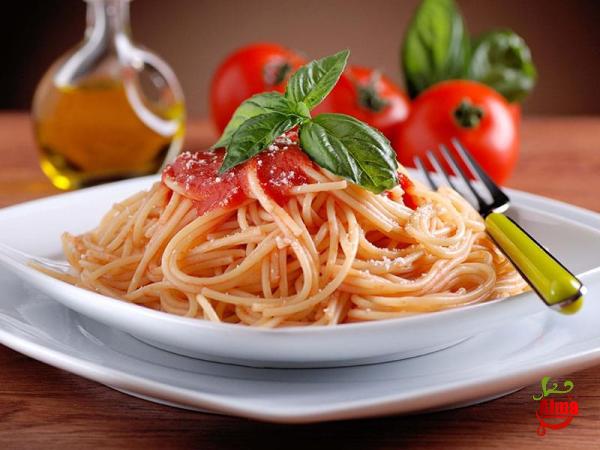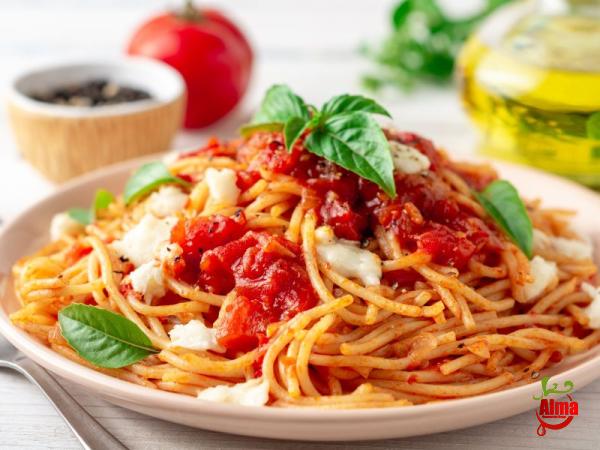Tomato Paste vs Passata: Exploring the Differences and Where to Buy at a Cheap Price Introduction: When it comes to cooking with tomatoes, two common ingredients that often find their way into a variety of dishes are tomato paste and passata. While both are derived from tomatoes and serve similar purposes in the kitchen, there are several key differences between these two tomato-based products. In this article, we will dive into the distinctions between tomato paste and passata, their uses, and explore where you can buy them at an affordable price. Understanding Tomato Paste: Tomato paste is a concentrated form of cooked tomatoes that undergoes a process of reduction and straining. The tomatoes are typically cooked down until much of the moisture evaporates, leaving a thick, rich concentrate. The paste is then packaged in a small can or tube, making it a handy pantry staple that can be easily added to recipes. Tomato paste is known for its intense flavor and deep red color, which is achieved during the cooking and reduction process. It adds a rich, robust, and concentrated tomato taste to dishes. Due to its concentrated nature, tomato paste can also provide a thicker consistency to sauces and stews. It is commonly used as a base for creating pasta sauces, soups, stews, and braises.

tomato paste
 Considering Passata: Passata, on the other hand, is a tomato puree made from strained tomatoes. The tomatoes used for passata are typically uncooked or slightly cooked, then strained to remove the seeds and skin. The resulting puree has a smooth texture and a bright, vibrant red color. Passata offers a more subtle and fresh tomato flavor compared to tomato paste. Due to its more liquid consistency, passata is often used as a base for pasta sauces, pizza sauces, and soups. It can also be used as a substitute for freshly chopped tomatoes in recipes that require a smoother texture. Differences between Tomato Paste and Passata: 1. Concentration: Tomato paste is highly concentrated, with most of the moisture extracted during the cooking process. Passata, on the other hand, has a more liquid consistency due to a higher water content. 2. Flavor: Tomato paste has a deep and intense flavor, while passata provides a lighter and more vibrant tomato taste. 3. Texture: Tomato paste has a thick and dense texture, making it perfect for creating thick sauces. Passata, being a puree, has a smoother and more liquid texture.
Considering Passata: Passata, on the other hand, is a tomato puree made from strained tomatoes. The tomatoes used for passata are typically uncooked or slightly cooked, then strained to remove the seeds and skin. The resulting puree has a smooth texture and a bright, vibrant red color. Passata offers a more subtle and fresh tomato flavor compared to tomato paste. Due to its more liquid consistency, passata is often used as a base for pasta sauces, pizza sauces, and soups. It can also be used as a substitute for freshly chopped tomatoes in recipes that require a smoother texture. Differences between Tomato Paste and Passata: 1. Concentration: Tomato paste is highly concentrated, with most of the moisture extracted during the cooking process. Passata, on the other hand, has a more liquid consistency due to a higher water content. 2. Flavor: Tomato paste has a deep and intense flavor, while passata provides a lighter and more vibrant tomato taste. 3. Texture: Tomato paste has a thick and dense texture, making it perfect for creating thick sauces. Passata, being a puree, has a smoother and more liquid texture.
Specifications of tomato paste
 4. Cooking time: Tomato paste is typically cooked for a longer duration to achieve its concentrated form. Passata, on the other hand, can be made with minimal cooking or even using uncooked tomatoes. Uses of Tomato Paste: – Creating rich and flavorful pasta sauces, such as Bolognese or Arrabbiata. – Enhancing the taste of stews, braises, and soups. – Adding depth to marinades and salad dressings. – Boosting the flavor of homemade pizza or tomato-based spreads. Uses of Passata: – As a base for pasta sauces, such as Marinara or Pomodoro. – Making homemade pizza sauce.
4. Cooking time: Tomato paste is typically cooked for a longer duration to achieve its concentrated form. Passata, on the other hand, can be made with minimal cooking or even using uncooked tomatoes. Uses of Tomato Paste: – Creating rich and flavorful pasta sauces, such as Bolognese or Arrabbiata. – Enhancing the taste of stews, braises, and soups. – Adding depth to marinades and salad dressings. – Boosting the flavor of homemade pizza or tomato-based spreads. Uses of Passata: – As a base for pasta sauces, such as Marinara or Pomodoro. – Making homemade pizza sauce.
buy tomato paste
 – Adding a tomato base to soups, stews, or chili recipes. – Incorporating into recipes that require a smoother texture, like creamy tomato bisque. Where to Buy Tomato Paste and Passata at a Cheap Price: 1. Online Retailers: E-commerce platforms like Amazon or Walmart often offer competitive prices and a wide range of options for purchasing tomato paste and passata. You can compare prices, read reviews, and have them conveniently delivered to your doorstep. 2. Local Grocery Stores: Most supermarkets and grocery stores have a dedicated section for canned goods, including tomato paste and passata. Keep an eye out for promotions, discounts, or store-brand options for more affordable choices. 3. International Food Markets: If you have access to an ethnic market or specialty store, consider exploring their selection of tomato paste and passata. These markets often offer a variety of brands from different regions at lower prices compared to mainstream grocery stores. 4. Bulk Buying: Consider buying tomato paste and passata in bulk if you frequently use these ingredients. Warehouse clubs or online wholesale retailers like Costco or Sam’s Club often offer discounted prices for larger quantities. Conclusion: While both tomato paste and passata are versatile ingredients that can elevate the flavors of numerous dishes, they possess distinct characteristics that set them apart. Tomato paste provides intense flavor and a thick consistency, ideal for creating hearty sauces, while passata offers a lighter taste and smoother texture, suitable for pasta sauces and soups. When it comes to buying these tomato-based products at a cheap price, explore options such as online retailers, local grocery stores, international food markets, or consider purchasing in bulk to save money.
– Adding a tomato base to soups, stews, or chili recipes. – Incorporating into recipes that require a smoother texture, like creamy tomato bisque. Where to Buy Tomato Paste and Passata at a Cheap Price: 1. Online Retailers: E-commerce platforms like Amazon or Walmart often offer competitive prices and a wide range of options for purchasing tomato paste and passata. You can compare prices, read reviews, and have them conveniently delivered to your doorstep. 2. Local Grocery Stores: Most supermarkets and grocery stores have a dedicated section for canned goods, including tomato paste and passata. Keep an eye out for promotions, discounts, or store-brand options for more affordable choices. 3. International Food Markets: If you have access to an ethnic market or specialty store, consider exploring their selection of tomato paste and passata. These markets often offer a variety of brands from different regions at lower prices compared to mainstream grocery stores. 4. Bulk Buying: Consider buying tomato paste and passata in bulk if you frequently use these ingredients. Warehouse clubs or online wholesale retailers like Costco or Sam’s Club often offer discounted prices for larger quantities. Conclusion: While both tomato paste and passata are versatile ingredients that can elevate the flavors of numerous dishes, they possess distinct characteristics that set them apart. Tomato paste provides intense flavor and a thick consistency, ideal for creating hearty sauces, while passata offers a lighter taste and smoother texture, suitable for pasta sauces and soups. When it comes to buying these tomato-based products at a cheap price, explore options such as online retailers, local grocery stores, international food markets, or consider purchasing in bulk to save money.









Your comment submitted.